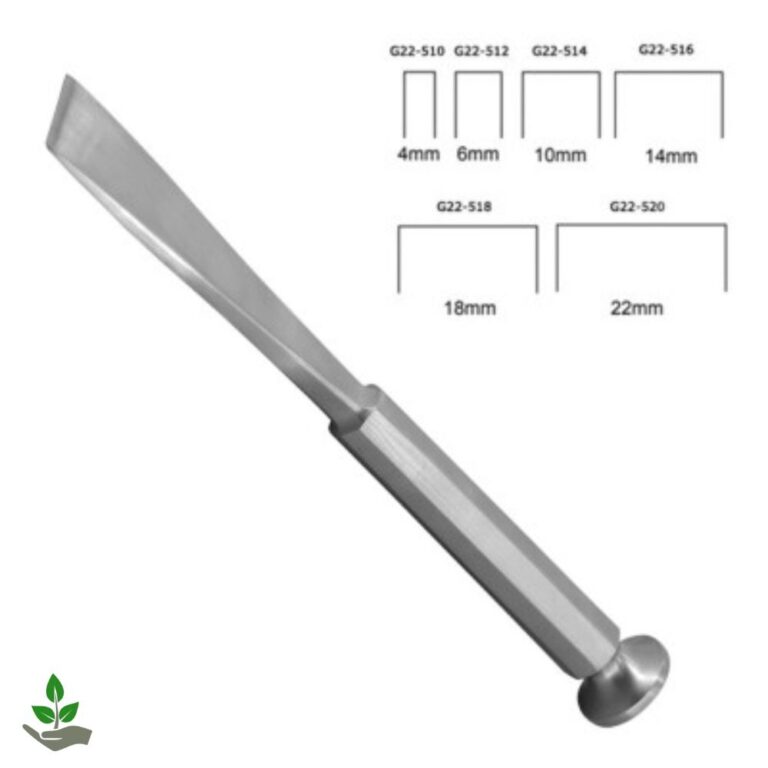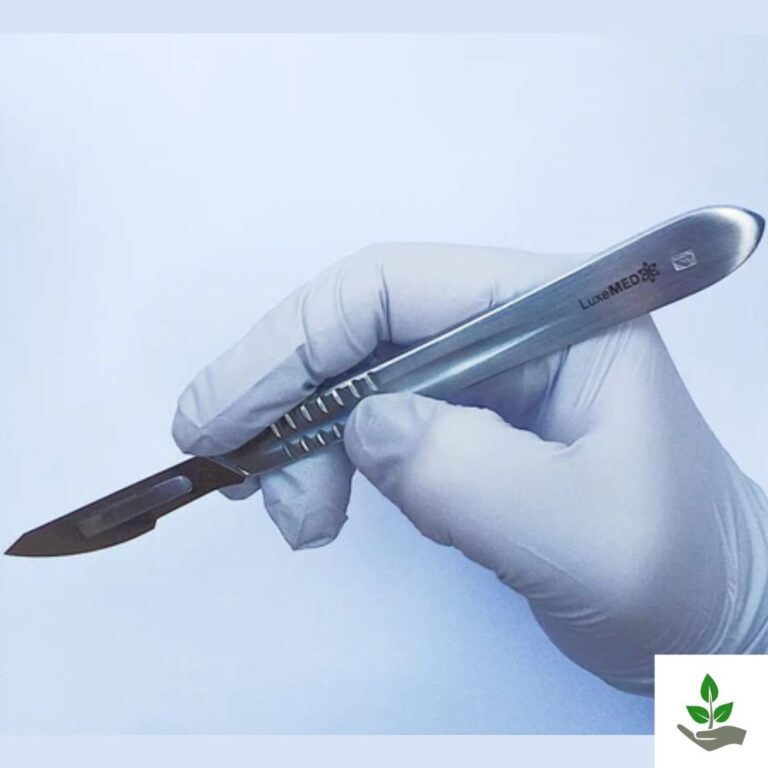Rongeur Surgical Instrument Guide For Medical Students
Do surgeons ensure precision in such moments? Surgical instruments play a vital role in achieving this level of accuracy, and among them, the rongeur stands out as a key player in various medical specialties.
With its name derived from the French word for gnawer, Rongeur Surgical Instrument is specifically designed to remove small pieces of bone or tough tissue during procedures. The essential functions of rongeurs, their applications across different surgical fields, and why understanding these tools is crucial for appreciating advancements in surgical techniques.
What is a Rongeur?
A rongeur is a robust, heavy-duty surgical instrument specifically crafted for the meticulous tasks of cutting, biting, and removing small fragments of bone, cartilage, or tough tissues. Its distinctive design showcases sharp-edged, scoop-shaped tips that enable surgeons to engage with hard structures effectively.
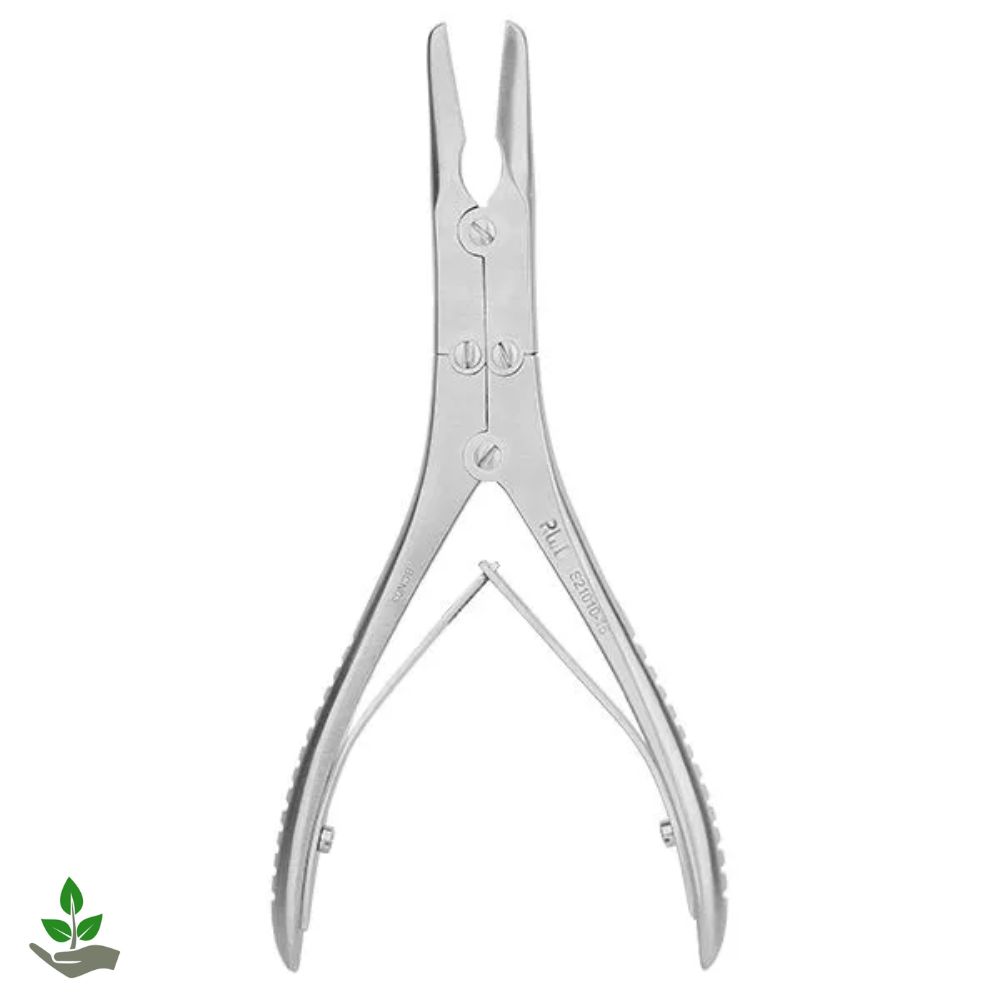
Unlike traditional cutting tools such as scissors or scalpels that slice through tissues, a rongeur operates by biting and nibbling away at bone, making it invaluable in orthopedic and neurosurgical procedures where precise removal is paramount.
The versatility of the rongeur extends beyond its basic function; its strong handles provide the leverage necessary for applying significant force without compromising control. This makes it particularly beneficial in surgeries involving delicate areas like the spine or joints, where precision is critical to ensure the integrity of surrounding structures.
Types of Rongeur Surgical Instrument
Kerrison Rongeur
The Kerrison rongeur stands out as a crucial tool in both neurosurgery and spinal surgery, renowned for its precision and versatility. Its design features a pistol grip that allows surgeons to exert controlled force while navigating through delicate anatomical structures. Available in various bite sizes and angles, including upward and downward configurations, the Kerrison rongeur caters to a wide range of surgical needs.
Leksell Rongeur
The Leksell Rongeur is a specialized surgical instrument that stands out in orthopedic and spinal surgeries for its unique design and functionality. This tool features a double-action mechanism, making it heavier yet more efficient. This design allows for increased force during bone removal, enabling surgeons to tackle large sections of bone with precision and control.
Stille-Luer Rongeur
The Stille-Luer Rongeur stands out in the realm of surgical instruments, particularly for its application in general orthopedic procedures. Known for its precision and durability, this rongeur is crafted to handle the rigors of demanding surgical environments while ensuring optimal performance. One of the key features of the Stille-Luer Rongeur is its double-action handle, which facilitates a stronger and smoother bite.
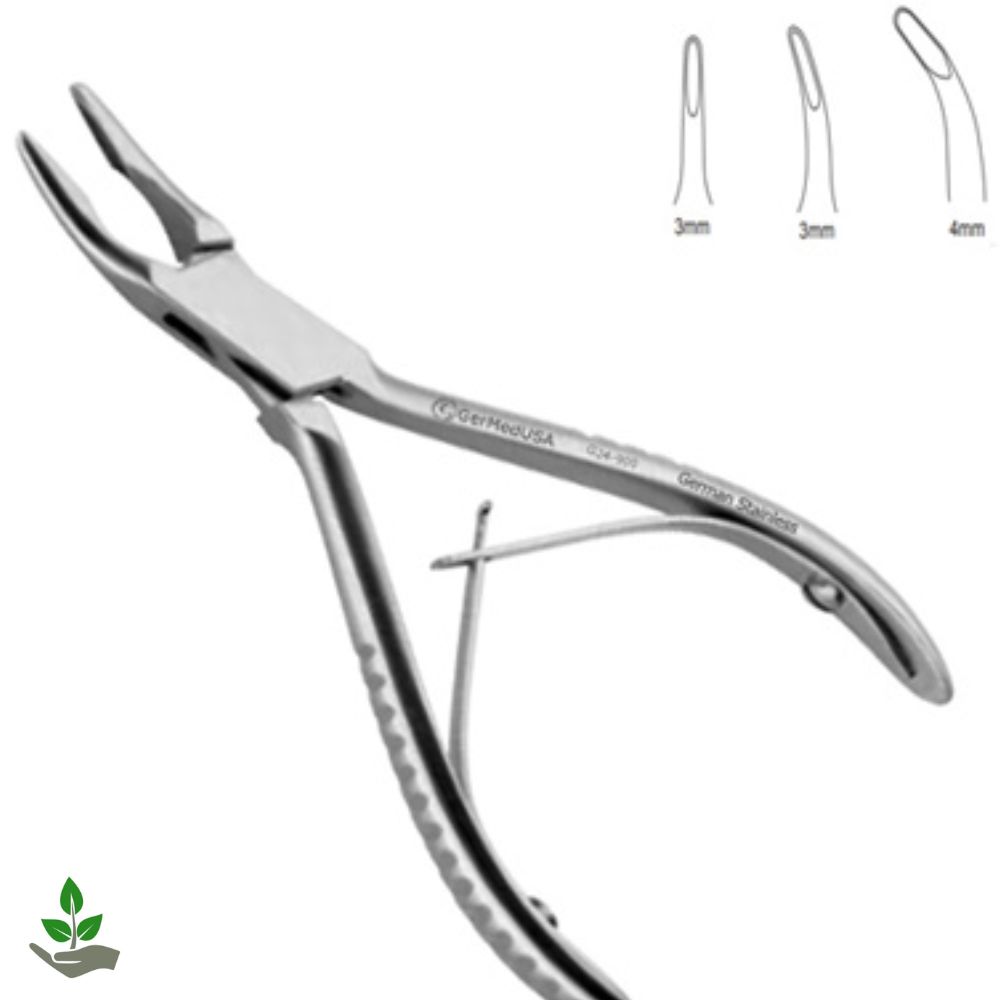
Ruskin Rongeur
The Ruskin rongeur is a delicate instrument often used in pediatric or maxillofacial surgeries, where precision is paramount. Its unique design allows surgeons to navigate tight spaces and intricate anatomical structures with ease, making it an invaluable tool in procedures that demand meticulous attention
Duckbill Rongeur
The duckbill rongeur, as the name suggests, is shaped like a duck’s bill, which allows for precise and controlled tissue manipulation in surgical procedures. This unique design facilitates access to tight spaces, making it particularly valuable in ear, nose, and throat (ENT) surgeries as well as spinal operations.
Key Features and Design
Double vs. Single Action Mechanism
Double-action rongeurs provide more power with less hand fatigue, making them ideal for procedures involving denser bones. Their design allows for a more efficient cutting motion, enabling surgeons to apply greater force with minimal effort. On the other hand, single-action rongeurs stand out for their lighter weight and nimble handling, making them suitable for smaller, more delicate tasks.
Tip Design
The tip design of rongeur is crucial in enhancing their functionality and precision during procedures. With tips that may be straight, curved, or angled, these instruments are tailored to provide optimal access to different anatomical structures. The sizes of rongeurs vary significantly to accommodate specific anatomical features and the depth of bite required for various surgical tasks.
Handle and Grip
Ergonomically designed handles are not merely a luxury; they significantly reduce fatigue during long operations, allowing surgeons to maintain precision and control without compromising their performance. Some rongeurs come equipped with innovative spring mechanisms that assist in repeated opening and closing actions.
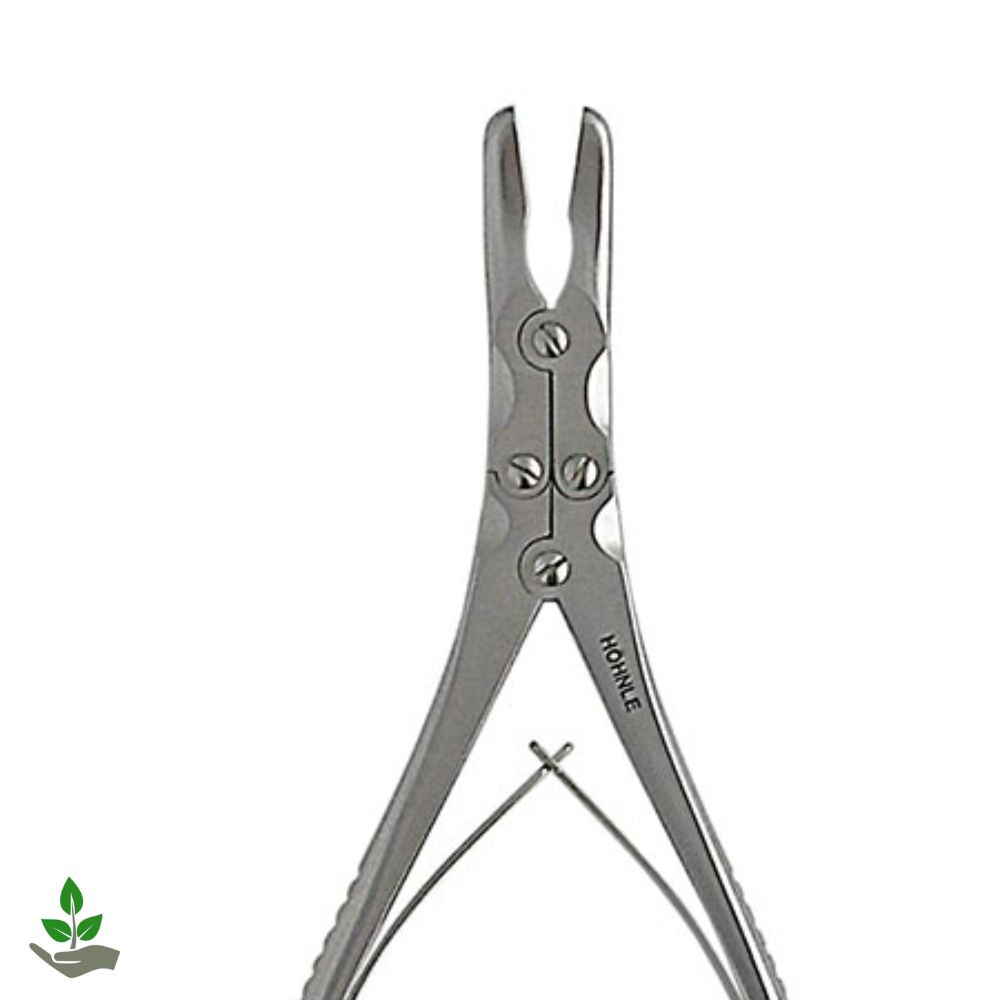
Material
Rongeur are typically made from surgical-grade stainless steel, a material renowned for its durability, sterility, and resistance to corrosion. Some versions of rongeurs may feature specialized coatings that enhance grip or performance, addressing the dynamic needs of various surgical environments.
Sterilization and Maintenance
To ensure optimal performance and longevity of rongeur, a meticulous cleaning and sterilization routine is essential. Start by pre-rinsing the rongeur under cool running water to effectively remove blood and tissue, which can otherwise harden and complicate the cleaning process. Following this initial rinse, utilizing enzymatic cleaners provides a deeper soak that loosens stubborn debris, making subsequent manual cleaning much more efficient.
A soft-bristle brush should be employed to meticulously scrub all surfaces, with special attention paid to joints and teeth, where residue often accumulates. After manual cleaning, ultrasonic cleaning emerges as a best practice for achieving thorough sanitation. This method ensures the removal of even the most microscopic particles, which can harbor bacteria if left unattended.
Once cleaned, it’s crucial to lubricate the joints regularly to maintain the smooth motion of the handle, enhancing both functionality and safety during surgical procedures. Sterilization through an autoclave is vital; however, be sure that the instrument is fully dry before use to prevent any compromise in the sterile environment. By adhering to these practices, surgical teams can uphold the highest standards of hygiene and instrument reliability.
I prefer you to Check our other post: The Complete Guide to Wandering Jew Care, Growing & Tips
Conclusion
The Rongeur Surgical Instrument plays a vital role in various surgical procedures, particularly in orthopedic and neurosurgery. Its design allows surgeons to precisely remove bone and tissue, facilitating improved access to affected areas and enhancing overall surgical outcomes. The versatility of rongeurs, available in different shapes and sizes, ensures that they can be adapted for specific surgical needs.
As advancements in medical technology continue to evolve, the effectiveness and efficiency of rongeurs are expected to improve further, making them an indispensable tool in the operating room. For those involved in surgical practices, it is crucial to stay informed about the latest developments and techniques surrounding this essential instrument.
FAQs
What is the main use of a rongeur in surgery?
A rongeur is primarily used to bite, trim, and remove small pieces of bone or dense tissues. It is frequently used in orthopedic, spinal, neurological, and dental surgeries to gain access or reshape bone structures.
What is the difference between a rongeur and a bone cutter?
While both instruments deal with bone, a rongeur is designed to bite and nibble away small fragments of bone, whereas a bone cutter is used for clean cuts or slicing through larger bone sections.
How do I choose the right type of rongeur for a procedure?
Choosing the right rongeur depends on the surgical site, bone density, and access angle. For example, Kerrison rongeurs are ideal for spinal work, while Leksell is suited for heavier orthopedic cases.
Can rongeurs be reused?
Yes, rongeurs made of high-quality stainless steel can be sterilized and reused multiple times. Proper cleaning and maintenance are essential to preserve their functionality and safety.
What precautions should be taken when using a rongeur?
Users should always check for sharpness, cleanliness, and structural integrity before use. They should handle the instrument carefully to avoid injury and use it only on bones or tissues within its mechanical limits.
Thanks For Reading…




